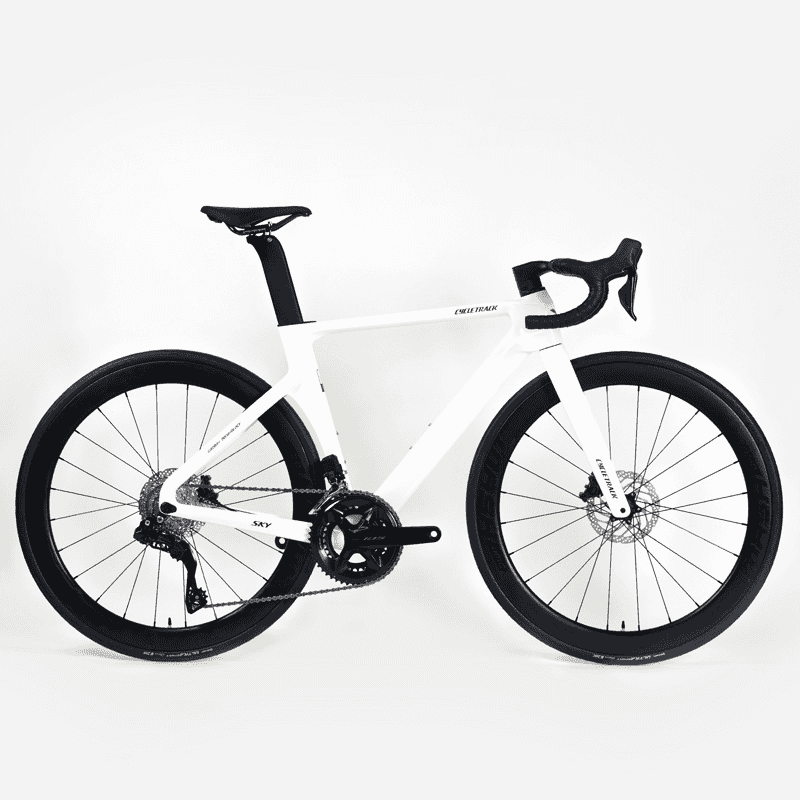In the world of cycling, climbing hills can be a daunting challenge. But with the right equipment, especially climbing frames, riders can transform this challenge into an exhilarating experience.
Definition of Climbing Frames
Climbing frames are specially designed bike frames for climbing. They are typically lightweight, aiming to help riders overcome gravity more easily during climbs and reduce unnecessary weight burdens. This design focus allows cyclists to conserve energy and tackle uphill sections with greater efficiency.
Features of Climbing Frames
Lightweight Construction
The frames are overall slender and lightweight. The tubing often uses thinner wall thickness and special lightweight materials, such as high - end carbon fiber. Carbon fiber not only reduces the frame’s weight but also maintains strength, ensuring durability without adding extra pounds. This lightweight feature is crucial as every ounce saved helps in climbing.
Geometric Design
In terms of geometric design, the head - tube angle is relatively steep, and the seat - tube angle is more upright. Such a design enables riders to transfer power to the pedals more effectively during climbs. It also helps in maintaining good 操控性 (maneuverability). The steep head - tube angle improves steering response, while the upright seat - tube angle optimizes the rider’s position for better power transfer.
Climbing frames are a game - changer for cyclists who love tackling hills. Their lightweight construction and intelligent geometric design make climbing more manageable and enjoyable. Whether you’re a professional racer or a casual rider, understanding and using climbing frames can significantly enhance your cycling experience. So, gear up with a climbing frame and conquer those hills with ease!

















